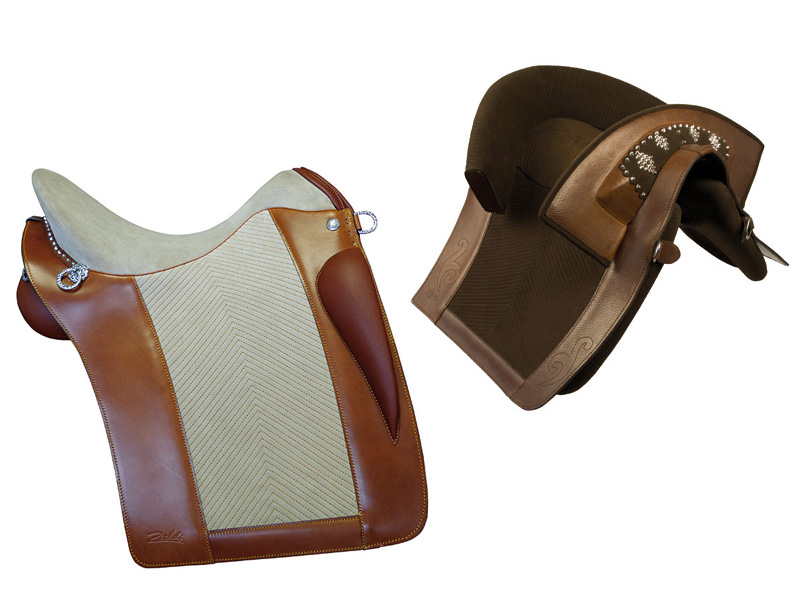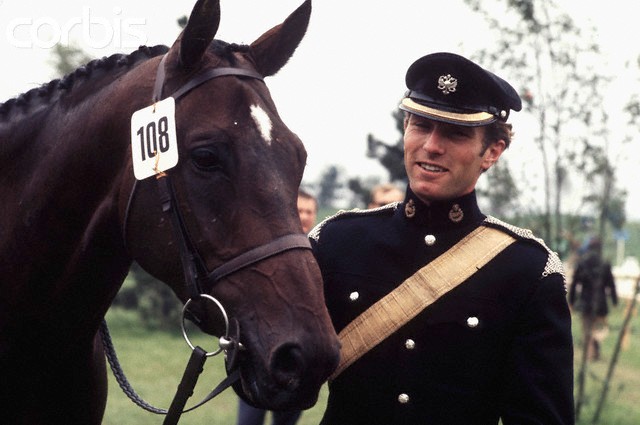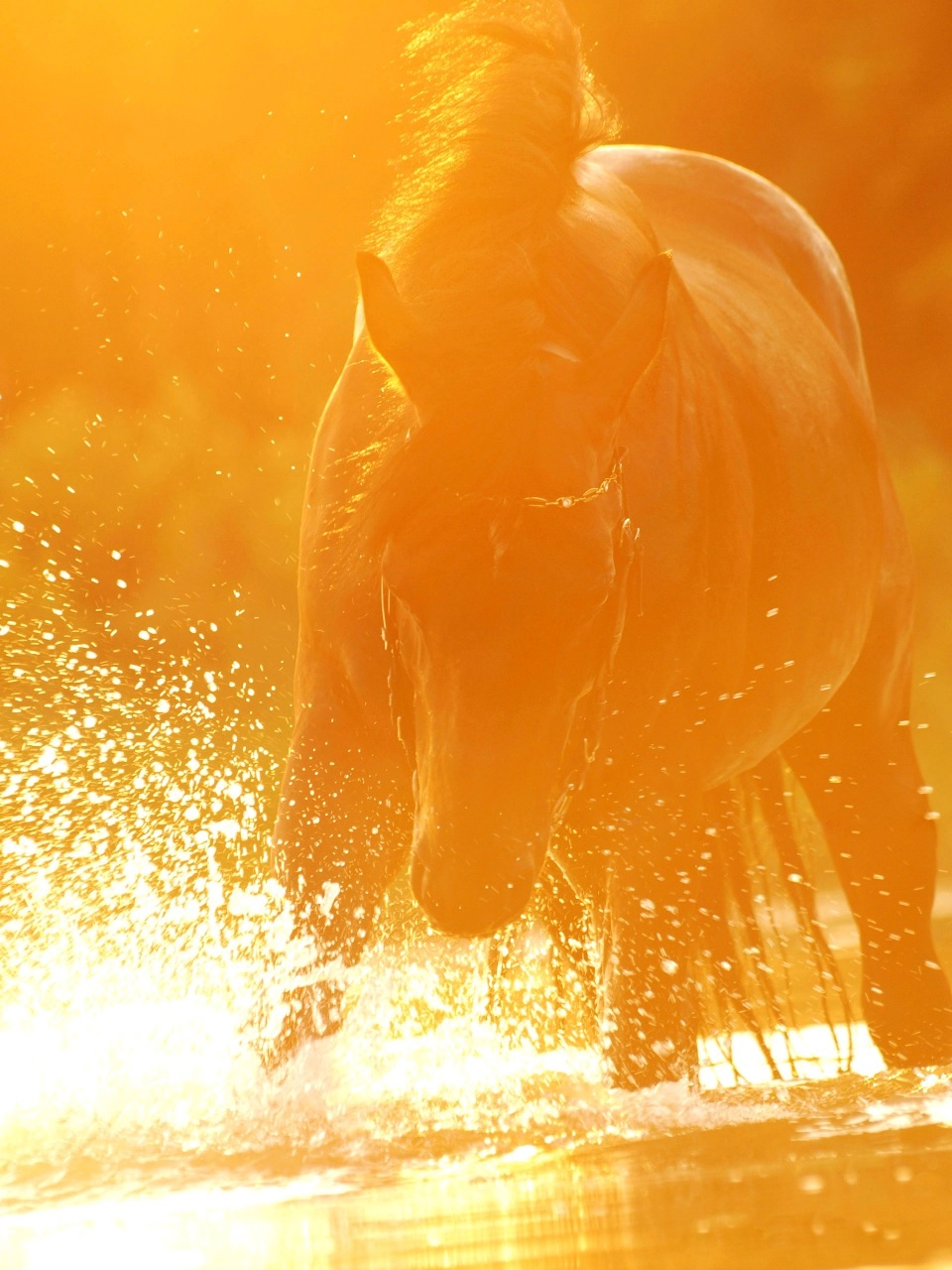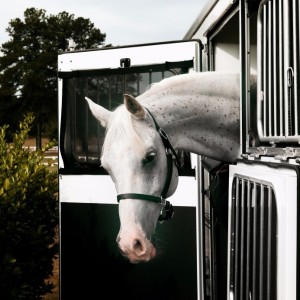
Baroque Saddles Explained
Here at Baroque Horse Magazine we have always admired the traditional saddles of the Iberian peninsula, or as some would know them as baroque saddles. Not knowing too much ourselves we decided to talk to our friends at Zaldi Saddles in Spain, (who are the leaders in producing these saddles with four generations of knowledge and craftsmanship been passed down) about them. We chat to Rodrigo Plaza from Zaldi and he explains to us about the evolution, history around them.
The evolution of the riding saddle in the Iberian Peninsula: Spain and Portugal
The saddle as we know it today has evolved over hundreds of years and countless hours of riding. The humble saddle began with just a simple cloth or piece of leather that was tied to the horses back. During the Greek and Roman times, is where the riding saddle evolved and greatly improved to a resemblance to what we know today. For example during this time they added in the straps, diverting to the girth or stirrups, which were added by the nomadic Mongolian tribes to get higher mobility on their incipient saddles.Those primitive saddles continued to evolve throughout different civilizations, who adapted them to their own features and necessities.
In the Iberian Peninsula, and more specifically in Spain, the saddles were used as work tools, in the army, or for the work and different activities of the fields and grazing. Because of these needs their saddles evolved to suit their purpose. Lets look at the different types and their purpose.
Potreras y Vaqueras ( Country and Spanish Saddles)
In Spain, initially, certain aesthetic and durability were sought, they were huge and heavy saddle trees that, were crafted from wood. These original saddles not very functional. For its construction they used most materials that were easy at hand which was primarily wood and rye straw that together tied together with leather outside. In this saddle, the rider would embed themselves with the minimum fastening and a very slight contact with the horse. This saddle was found in both Spain and Portugal (they have the same function with a variety of very elaborate with some having a very overdone look), and even today those very basic saddles are the same as they were then to as they are nowadays. Today they are named Potreras or simple Vaqueras.
Alta Escuela
Thanks to the easiness of travelling and the resulting cultural exchange between countries and also equestrian disciplines new influences from the French and British disciplines came to the Peninsula. This new idea of riding was applied and, as a result, substantial changes in the manufacturing of saddles were introduced. The simple sport of dressage was developing into a more complex version, introducing new exercises and aptitudes from classical dressage. The saddles were modified in search of a new functionality and the new Alta Escuela saddle from the past century is revived.
XXI Century
Nowadays, due to these influences and thanks to the huge development and evolution of this horsemanship in the Peninsula, the saddles have reached levels comparable to other European manufacturers and the new technology has seen many improvements. In the past, there was only rye straw, and with the materials available at that moment those hard and heavy saddle trees were made. Today we have new technologies and materials to make the new saddle trees light, with evolved materials of different densities adapted for both the horse’s back and to the rider’s weight. It was an extreme and also an argued change, but now is accepted by 99% of the riders in the Peninsula.
The best example of evolved manufacturing of saddles is the Spanish company Zaldi. They are a fantastic example of the evolution of the riding saddles in the Iberian Peninsula, where along the centuries they have been developed where formerly there was unsuspected levels of functionality, aesthetic, contact with the horse and comfort for the rider.
Potrera – Ronda
The Potrera saddle is popular for training young horses or pleasuring riding. This saddle gives more contact between rider and horse due to the lower position on the horseback. Saddle Potrera is austere, with few frills, pure and simple for everyday work in the Spanish countryside. It is an evolution of primitive saddles to tame wild young horses or POTROS also called hence its name, there at the beginning of time: POTRERA.
The rider is fitted between the seat and can ride fast and dynamic movements, almost without the worry of being thrown for their seat. It’s easy to stay in the saddle and is good for riders if they’re not very experienced.
RONDA. Elegance in country dressage. Made from European selected leather of box-calf, more resistant, especially flexible, elastic and durable leather is used to make this special saddle. A semi-deep and comfortable tree, this saddle allows to get a correct position for rider and a maximum close contact for rider and horse.
Vaquera – Cabriola
The Vaquera saddle is the everyday saddle used today and for past centuries by the Spanish Vaquero, probably by the original cowboys, working in the fields and mountains of Spain. Vaquera saddles are also used for Vaquero competition – or Doma Vaquera (translated as vaquero horse training, or dressage) – as well as when testing the fighting bulls and cows (Acoso y Derribo) and in the Ferias of Spain and of course for every day country riding. The Vaquera or Vaquero saddle is both comfortable for the rider and the horse. It is designed for many hours of riding and has a large comfortable contact area over the horse’s back – a much greater contact area than the modern general purpose, dressage or jumping saddle. Utilising modern technology and development leading saddle maker Zaldi now produce Vaquera saddles made to the traditional design and style but incorporating modern high-tech materials.
Portuguesa – Escola
Is the traditional Portuguese dressage or classical equitation saddle with a semi-deep seat. Portuguese saddle designed in conjunction with the Royal Portuguese School of Equestrian Art. Traditional style but made on Zaldi’s latest hi-tech evolution.
Saddle ESCOLA, “ESCOLA” name only no ALTA ESCUELA, is an evolution of the traditional saddle of Portugal.
Doma/Alta Escuela – Altras
The ALTA ESCUELA (altras) saddle, has evolved from the Potrera. The Alta Escuela is much more elegant. It is a saddle for gala shows and parades. It has included developments in the world of dressage, such as improvements in the seat, in the flaps, tree or armor tech materials. Generally for people very interested in the country dressage and working equitation.
It has a deeper seat and also used in showing and is the style used by the Real Escuela Andaluza del Arte Ecuestre, Jerez, in their exhibitions and displays. The Alta Escuela allows for a straighter leg and more of a ‘dressage’ position than the Potrera saddle.
It is a functional saddle for dressage but with a traditional look of the Royal Spanish Equestrian School. It was developed and recommended by professional riders as renowned as Mr. Ignacio Rambla and Mr. Rafael Soto (Royal Andalusian School of Equestrian Art). Perfect for amateurs and professionals alike, great comfort, designed for long periods in the saddle.
For more info on Zaldi www.zaldi.com
Australian contacts www.AKAQuality.com.au









